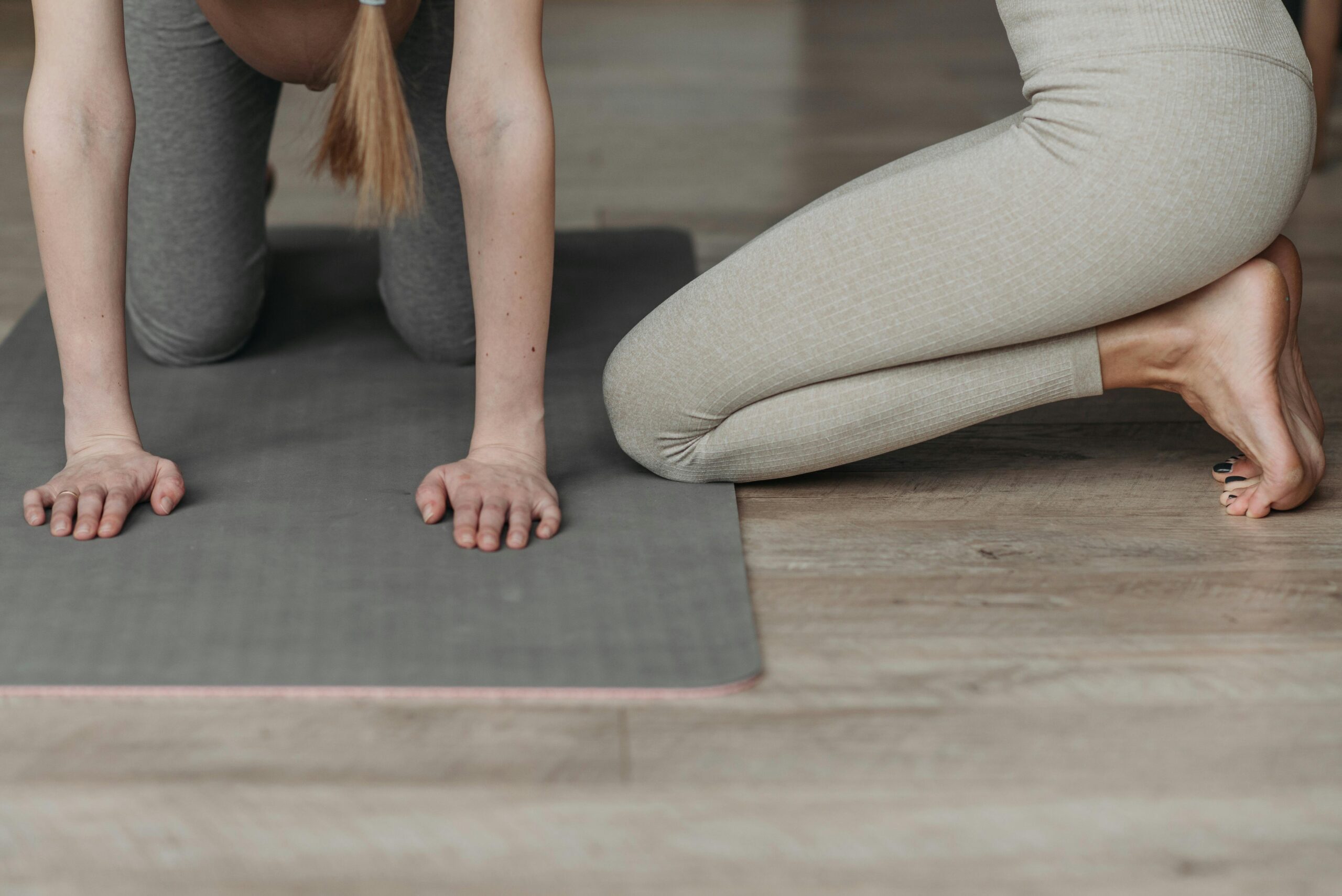Low-Impact Workouts: A Gentle Path to Fitness and Wellness
In a world where high-intensity training often dominates fitness trends, low-impact workouts have emerged as a sustainable and inclusive alternative. These exercises prioritize joint health, reduce injury risk, and cater to individuals of all fitness levels—from seniors and injury survivors to athletes seeking active recovery. Unlike high-impact activities like running or jumping, low-impact movements keep at least one foot on the ground or minimize stress on the body, making them ideal for long-term health. This article explores the science-backed benefits of low-impact workouts, their versatility, and how they can be seamlessly integrated into daily routines. Whether you’re rehabilitating an injury or simply seeking a balanced fitness regimen, discover how these gentle yet effective exercises can transform your physical and mental well-being.
Understanding the Science Behind Low-Impact Exercise
Low-impact workouts are defined by their reduced strain on joints, tendons, and ligaments. By eliminating forceful movements—such as pounding jumps or abrupt directional changes—they lower the risk of wear-and-tear injuries. Studies show that activities like swimming, cycling, and yoga improve cardiovascular health without compromising joint integrity. For instance, water-based exercises leverage buoyancy to support body weight, while Pilates strengthens core muscles through controlled, fluid motions. This biomechanical efficiency makes low-impact workouts particularly valuable for those with arthritis, osteoporosis, or chronic pain.
The Multifaceted Benefits of Low-Impact Training
Beyond joint protection, these workouts offer holistic advantages:
- Enhanced cardiovascular endurance: Steady-state activities like brisk walking or elliptical training elevate heart rate sustainably.
- Improved muscle tone and flexibility: Practices like tai chi or barre focus on slow, deliberate movements that lengthen and strengthen muscles.
- Mental health benefits: The meditative nature of yoga or aquatic therapy reduces stress and improves focus.
Additionally, low-impact exercises are adaptable, allowing intensity adjustments via resistance bands, incline settings, or tempo variations.
Ideal Candidates for Low-Impact Workouts
While beneficial for everyone, these workouts are especially transformative for specific groups:
- Post-injury athletes: Facilitate recovery while maintaining fitness levels.
- Pregnant individuals: Support pelvic floor health and reduce pregnancy-related discomfort.
- Seniors: Improve balance and coordination to prevent falls.
Even competitive athletes incorporate low-impact cross-training to prevent overuse injuries and enhance performance longevity.
Incorporating Low-Impact Workouts into Your Routine
To maximize results, blend low-impact exercises with strength training and flexibility work. For example:
- Pair swimming with resistance band exercises for full-body conditioning.
- Combine yoga with light weightlifting to build stability and power.
Consistency matters more than intensity: aim for 150 minutes of moderate low-impact activity weekly, as recommended by the American Heart Association.
Conclusion: Embracing Sustainable Fitness
Low-impact workouts are not a compromise—they’re a strategic choice for lifelong health. By reducing physical strain without sacrificing results, they empower individuals to stay active through life’s changing demands. From improving cardiovascular resilience to fostering mental clarity, these exercises prove that gentler movements can yield profound benefits. Whether you’re managing a chronic condition or simply prioritizing joint health, low-impact workouts offer a versatile, science-backed solution. As fitness trends come and go, their emphasis on sustainability and inclusivity ensures they’ll remain a cornerstone of holistic wellness. The journey to lasting fitness begins not with intensity, but with intention.
